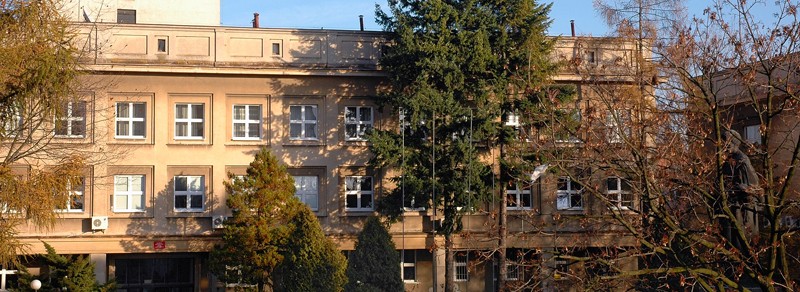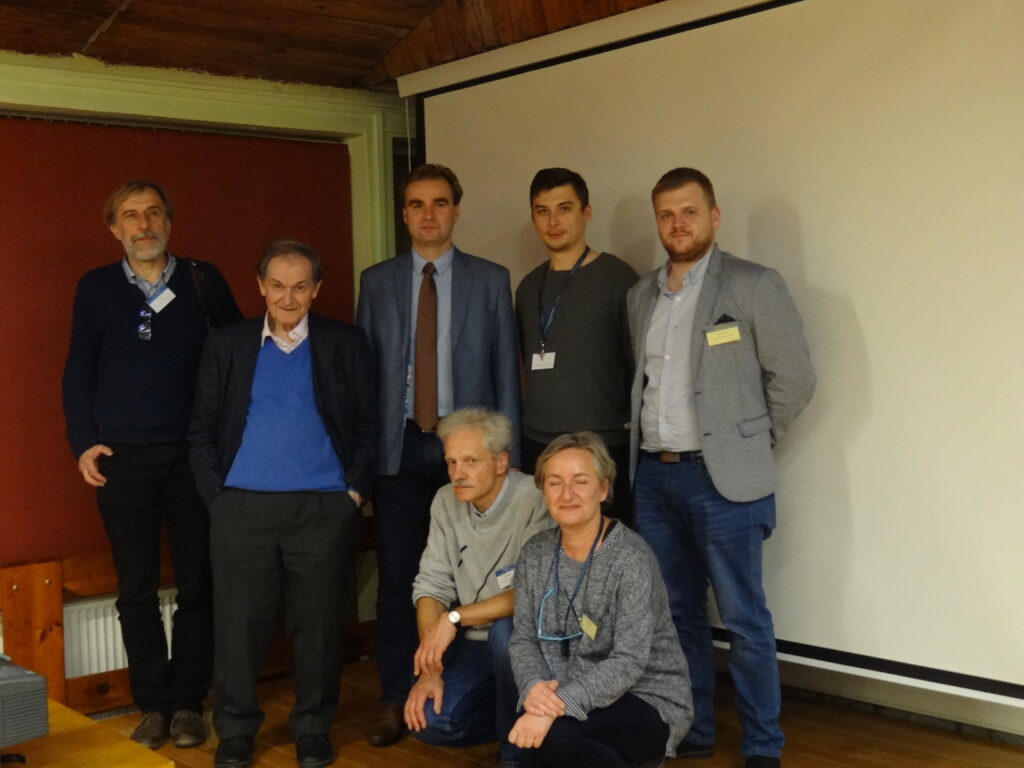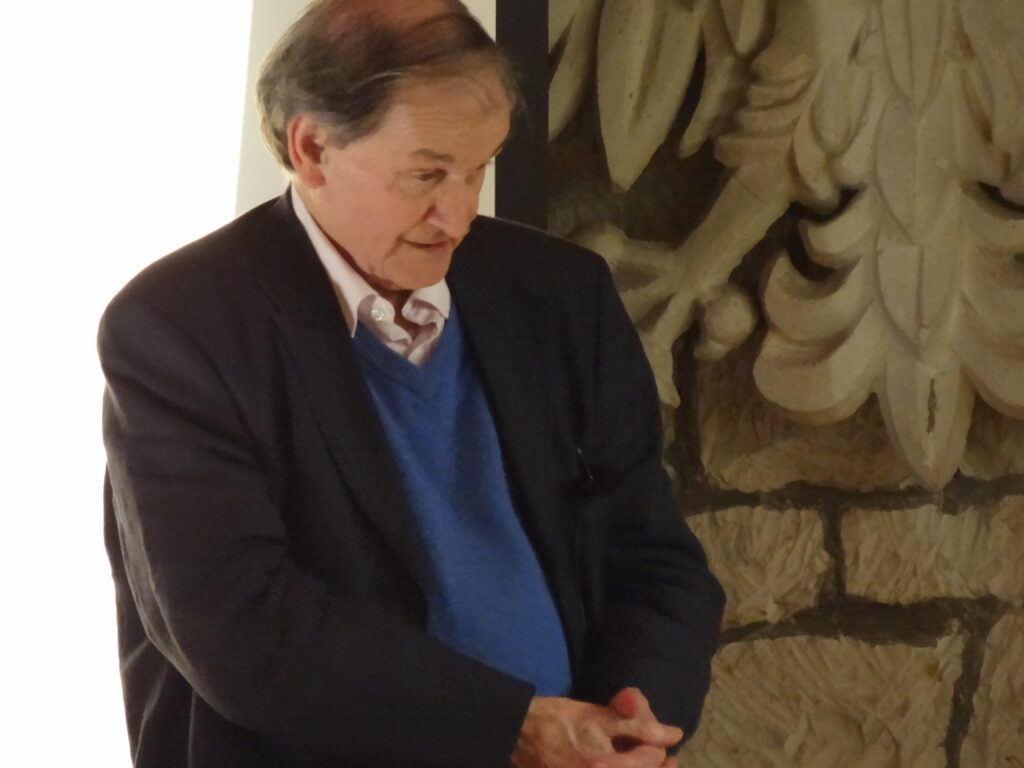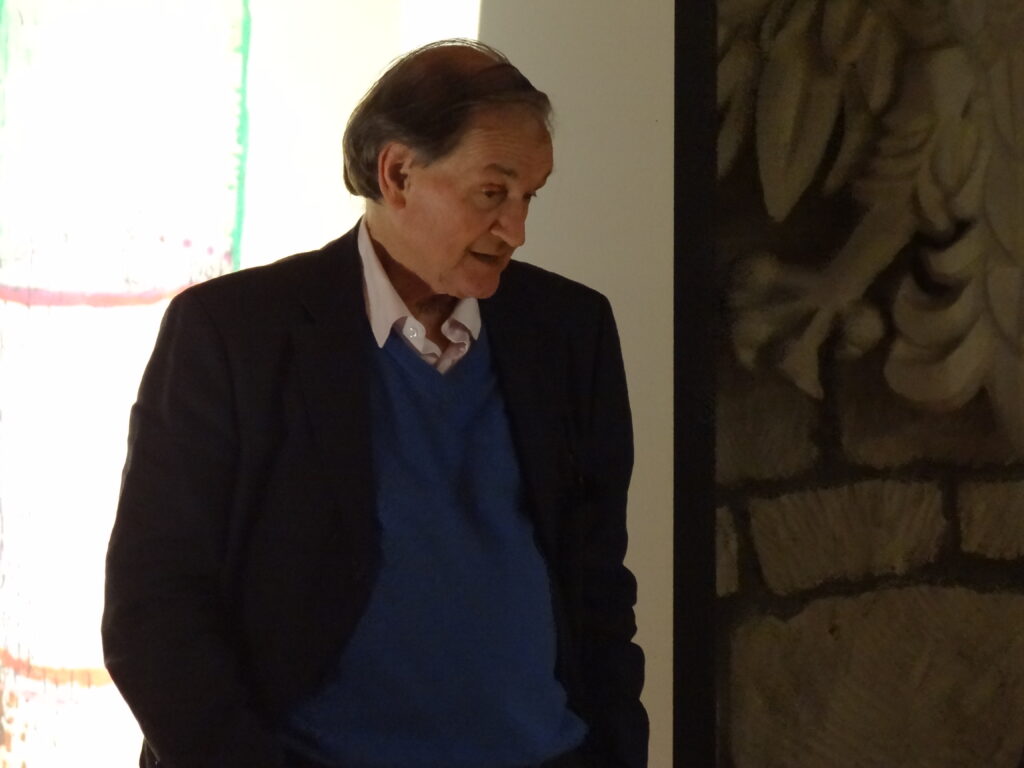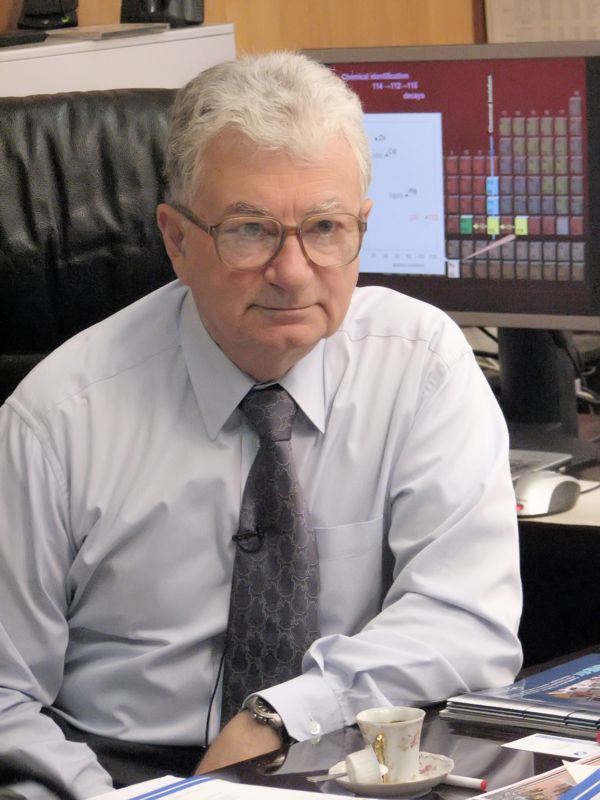
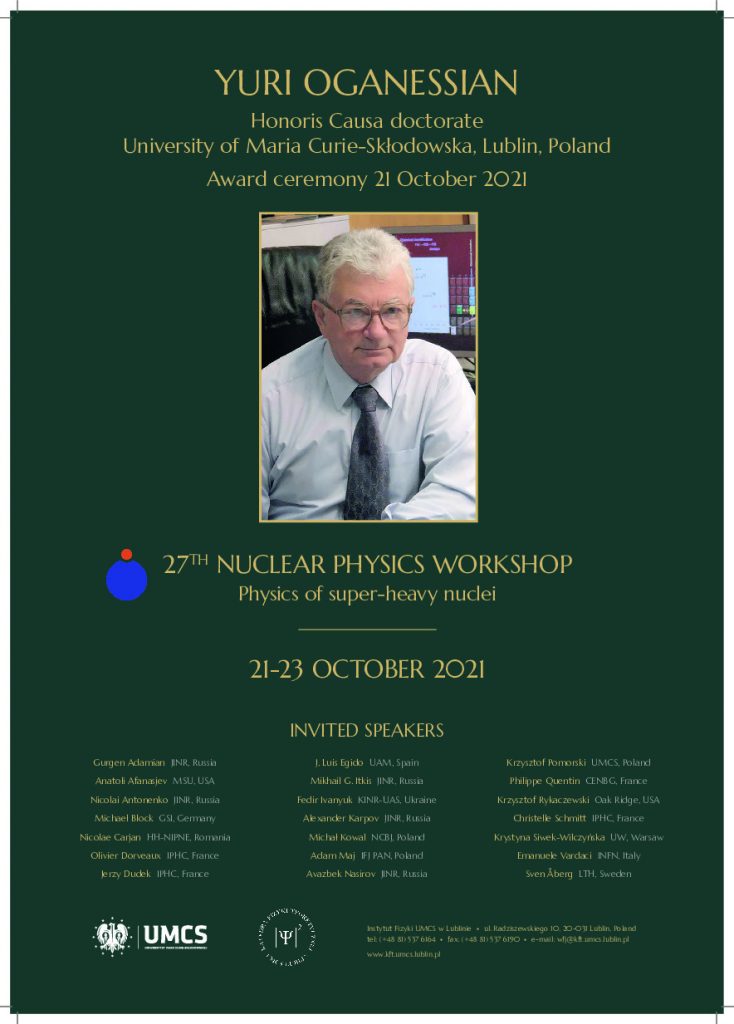
The inauguration of the academic year at the Maria Curie-Skłodowska University in Lublin is traditionally held on October 23, on the anniversary of the University's foundation. Among the celebrations accompanying this event, this year will be the awarding of the highest academic dignity awarded by our University - the honoris causa doctorate of Professor Yuri Oganesian.
Prof. Yuri Oganessian, a member of the Russian Academy of Sciences, is a nuclear physicist, a specialist in the synthesis and studies the properties of atomic nuclei. He heads the Flerov Laboratory of Nuclear Reactions at the Joint Institute for Nuclear Research in Dubna, Russia. Prof. Oganessian is the world leader in the research of super-heavy nuclei. Under his leadership, the five heaviest elements with an atomic number above 114 were synthesized for the first time in Dubna: flerovium, moscovium, livermorium, tennessine, and oganesson. The latter, the heaviest element currently known, with atomic number 118, was named after prof. Oganessian. This is the second time in history that an element has been named after a living physicist. The research on the possibilities of further extending the periodic table is still ongoing. The work on properties of new elements is ongoing in the laboratories at RIKEN in Tokyo, GANIL in Caen, GSI in Darmstadt, and in Dubna, where a new cyclotron dedicated to the research of superheavy element nuclei was commissioned last year.
In Poland, physicists also perform research on super-heavy nuclei. Already in the 1960s, prof. Adam Sobiczewski from IBJ in Świerk (also doctor honoris causa of UMCS) was the first to predict the existence of such nuclei. Currently, research work on the theoretical description of super-heavy nuclei is carried out in centers in Warsaw (National Center for Nuclear Research and the University of Warsaw) and in Lublin (Maria Curie-Skłodowska University). We perform research on the possibilities of nuclei synthesis and possible decay channels through fission and alpha particle emission. Four years ago, a scientific symposium was organized in Kazimierz Dolnyby UMCS and NCNR, which gathered over a hundred physicists and chemists involved in the research of super-heavy nuclei from all around the world. Polish scientists also work in many laboratories around the world (e.g. ORNL in Oak Ridge, GANIL in Caen), make a significant contribution to the synthesis of new elements and research on the properties of super-heavy nuclei.
The ceremony of awarding the honoris causa doctorate of UMCS in Lublin to prof. Oganessian will take place on October 21. The scientific nature of this celebration will be complemented by the scientific conference 27th Nuclear Physics Workshop, which will be held on October 21-23. It is organized by the Department of Theoretical Physics of the Maria Curie-Skłodowska University in Lublin in cooperation with NCBJ in Warsaw, IFJ PAN in Krakow, and ZIBJ in Dubna. The conference will be held at the Faculty of Mathematics, Physics, and Computer Science of UMCS (Building D). The start of the scientific sessions is scheduled for Thursday, October 21 at 16.00. During the session, the physicists will present around 30 lectures with their latest achievements. We expect the participation of approximately 60 scientists. More than half of them will be physicists from various European countries. Unfortunately, epidemic restrictions prevented many researchers, mainly from America and Asia, from attending the conference. Nevertheless, we are glad that after an almost two-year epidemic break, we will be able to meet in person, not at videoconferences, and discuss the latest research results.
The Nuclear Physics Workshop, an annual conference, enjoys a recognized reputation in the nuclear physics community. Interesting topics usually attract dozens of leading scientists from all around the world. This year, the subject of the conference will be entirely devoted to the physics of super-heavy nuclei - the specialty of prof. Yuri Oganessian, who will receive an honoris causa doctorate from UMCS. The conference will present the latest results of theoretical and experimental research on the nuclei of the heaviest elements known to mankind - with atomic numbers from 100 to 118. The creation of these nuclei is extremely difficult because they are very unstable systems. Most of them disintegrate in a fraction of a second. The theoretical description of the properties and reactions of such nuclei requires the use of quantum mechanics to describe the interactions of several hundred nucleons. Scientific discoveries in this field lead to the expansion of the periodic table of elements. This is extremely exciting research work.
